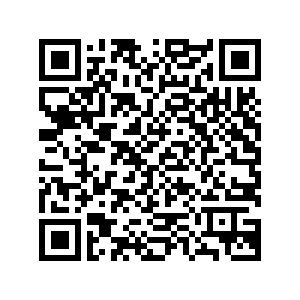SYDNEY, Oct. 31 (Xinhua) -- Australian researchers have developed a new method to effectively spot plastic waste on beaches from space.
Detailed by a team from RMIT University in Melbourne in a study published on Thursday, the Beached Plastic Debris Index (BPDI) identified plastic on shorelines from patterns of reflected light collected by satellites as they pass over an area.
Satellite technology was widely used to track plastic waste in oceans but that technology was not effective for beaches due to plastic blending in with sand.
The team said that the new effective method for shorelines would boost clean-up efforts.
Jenna Guffogg, leader of the research, said that plastic on beaches could have severe impacts on wildlife and, if not removed, break down into micro and nano plastics.
"Plastics can be mistaken for food, larger animals become entangled and smaller ones, like hermit crabs, become trapped inside items such as plastic containers," she said.
"Remote island beaches have some of the highest recorded densities of plastics in the world, and we're also seeing increasing volumes of plastics and derelict fishing gear on the remote shorelines of northern Australia," she said.
The BPDI identified plastics by differentiating between how sand, water and plastics reflect light.
It was tailored to map plastic debris on beaches using data captured by the WorldView-3 satellite, which was in orbit in line with the sun at an altitude of 617 kilometers.
To test the method, researchers placed 14 plastic targets of around two square meters in size on a beach in the Australian state of Victoria.
Each target was made of a different type of plastic and the team found the BPDI outperformed three existing indices that are used to detect plastic on land and in aquatic settings. ■
